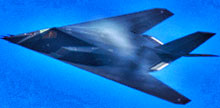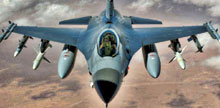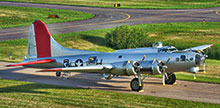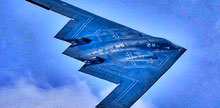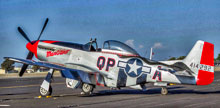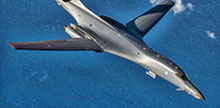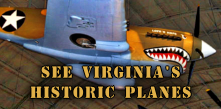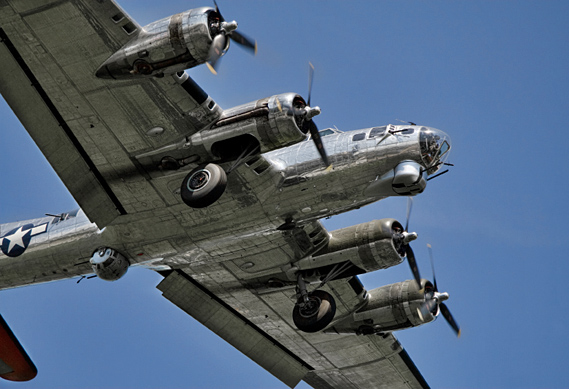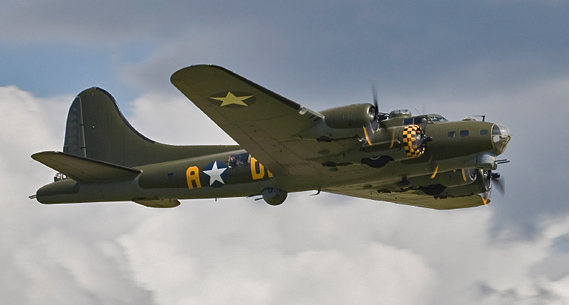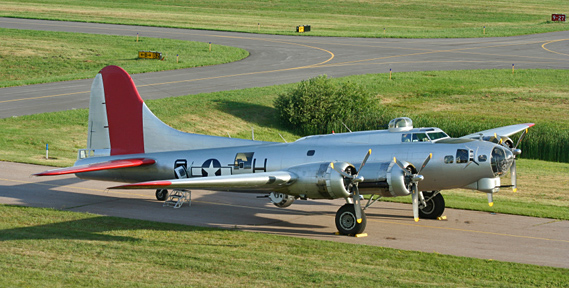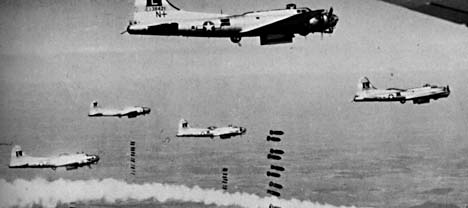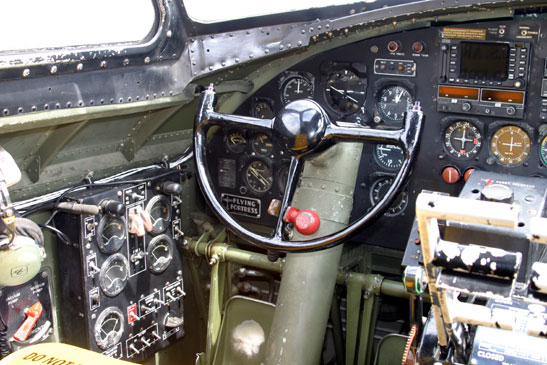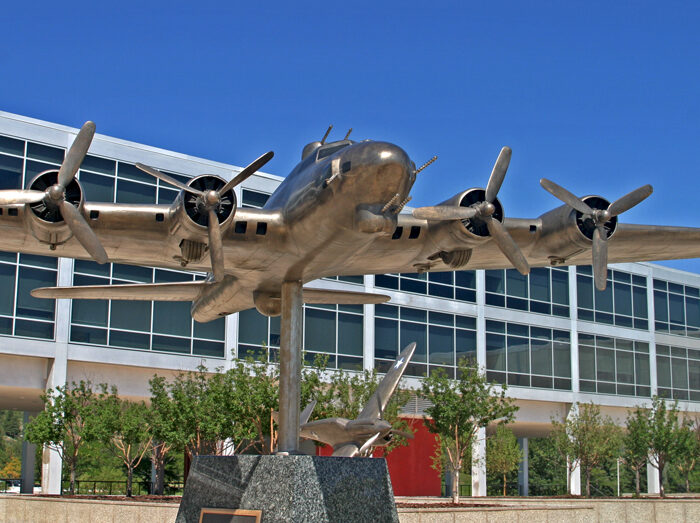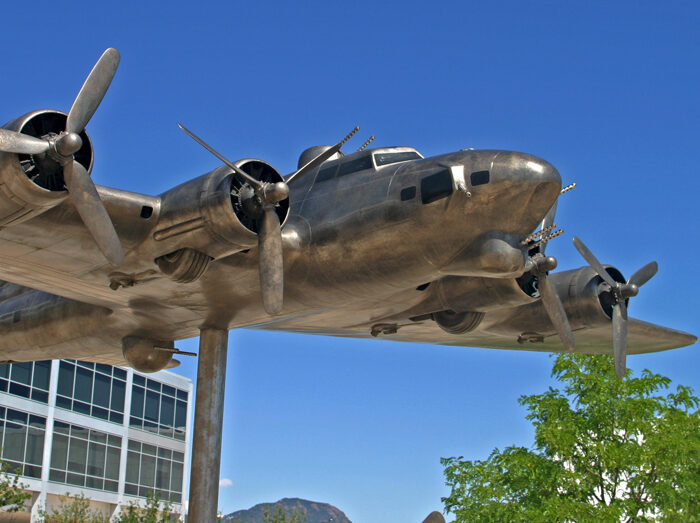The B-17 Flying Fortress
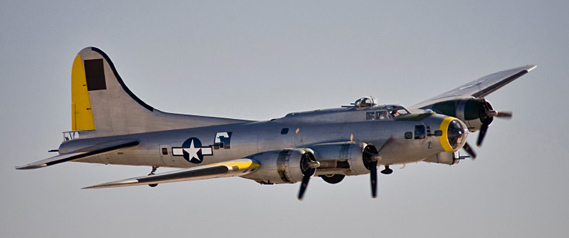
The B-17 was deployed mainly against German industrial and military targets to help achieve air superiority over the cities, factories and battlefields of Western Europe as a prelude to Operation Overlord. The B-17 also took part to a lesser degree in the Pacific War, conducting raids against imperial Japanese shipping and airfields.
The Boeing B-17 Flying Fortress is a four-engine heavy bomber aircraft developed in the 1930s for the the Army.
The B-17 was deployed mainly against German industrial and military targets to help achieve air superiority over the cities, factories and battlefields of Western Europe as a prelude to Operation Overlord. The B-17 also took part to a lesser degree in the Pacific War, conducting raids against imperial Japanese shipping and airfields.
Though early models proved unsuitable for combat use in Europe, changes in Allied tactics and continued refinement resulting in the B-17 eventually being supplied to over 30 overseas combat groups, with inventory spiking in August 1944 at 4,574 aircraft in total. It dropped 580,631 metric tons of bombs on European targets, besting its nearest rival, the B-24 Liberator.
After World War II, the B-17 was phased out quickly by the Army Air Forces. Flight crews flew the bombers back across the Atlantic to the United States, where most of the planes were sold for scrap, though a significant number of planes were repurposed as VIP transports, air-sea rescue and photo-reconnaissance craft. The Strategic Air Command (SAC), created in 1946, used recon B-17s until 1949.
Some B-17s were later used by CIA front companies for agent drop missions over Communist China. Four of them were shot down in these operations. In 1957, all surviving B-17s were stripped of their weapons and painted black. In mid-September, one Taiwan-based B-17 was flown to Clark Air Force Base in the Philippines and assigned for covert missions into Tibet. Two missions into that country are known to have been flown.
|
Specifications |
|
|
Role |
Heavy Bomber / Strategic Bomber |
|
Manufacturer |
Boeing |
|
First flight |
July 28, 1935 |
|
Propulsion |
|
|
Four-engine |
4 × Wright R-1820-97 “Cyclone” turbosupercharged radial engines, 1,200 hp (895 kW) each |
|
Performance |
|
|
Max speed |
287 m/h |
|
Max cruising speed |
182 m/h |
|
Initial rate of climb |
900 ft/m |
|
Service ceiling |
35,600 ft |
|
Max range (w/6,000 lb. bomb load) |
1,738 nm |
|
Weight (empty) |
36,135 lbs |
|
Max takeoff |
65,500 lbs |
|
Dimensions |
|
|
Wing span |
103′ 9″ |
|
Length |
74′ 4″ |
|
Height |
19′ 1″ |
|
Wing area |
1,420 sq ft |
|
Seating Capacity |
10 |
|
Armament |
|
|
Guns |
13 × .50 in M2 Browning machine guns in 8 turrets in dorsal, ventral, nose and tail, 2 in waist positions, 2 in “cheek” positions, and 1 in the post-dorsal position |
|
Bombs: |
|
|
Short range missions (<400 mi) |
8,000 lb |
|
Long range missions (≈800 mi) |
4,500 lb |
|
Overload |
17,600 lb |

